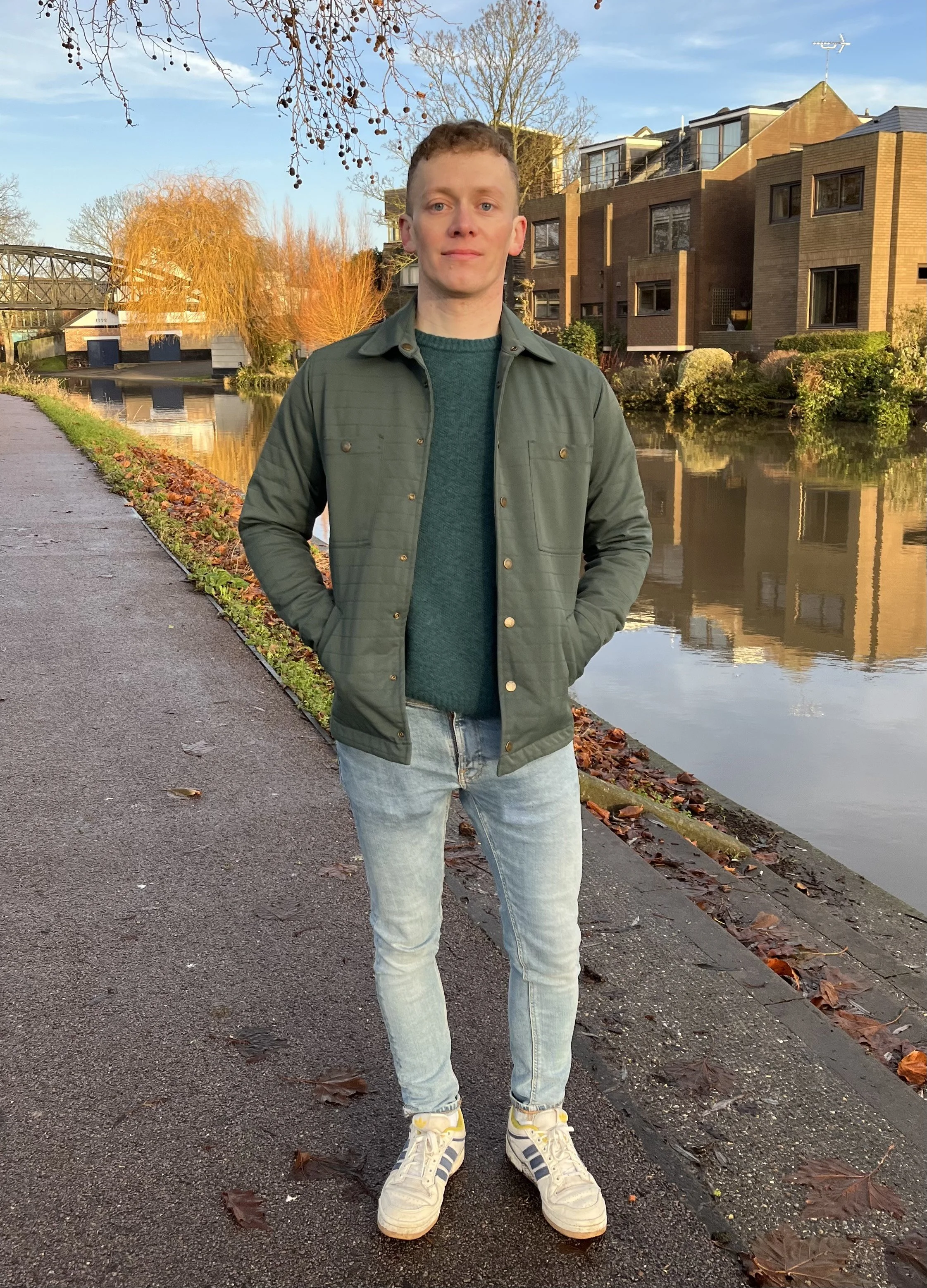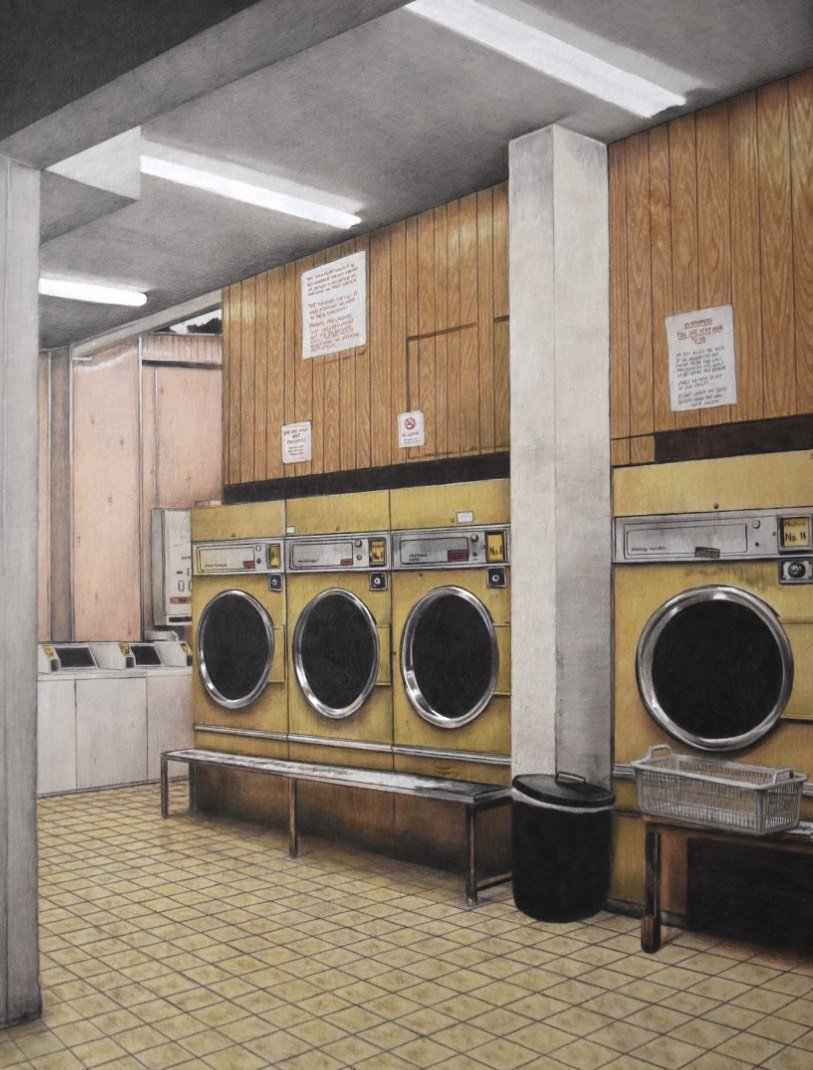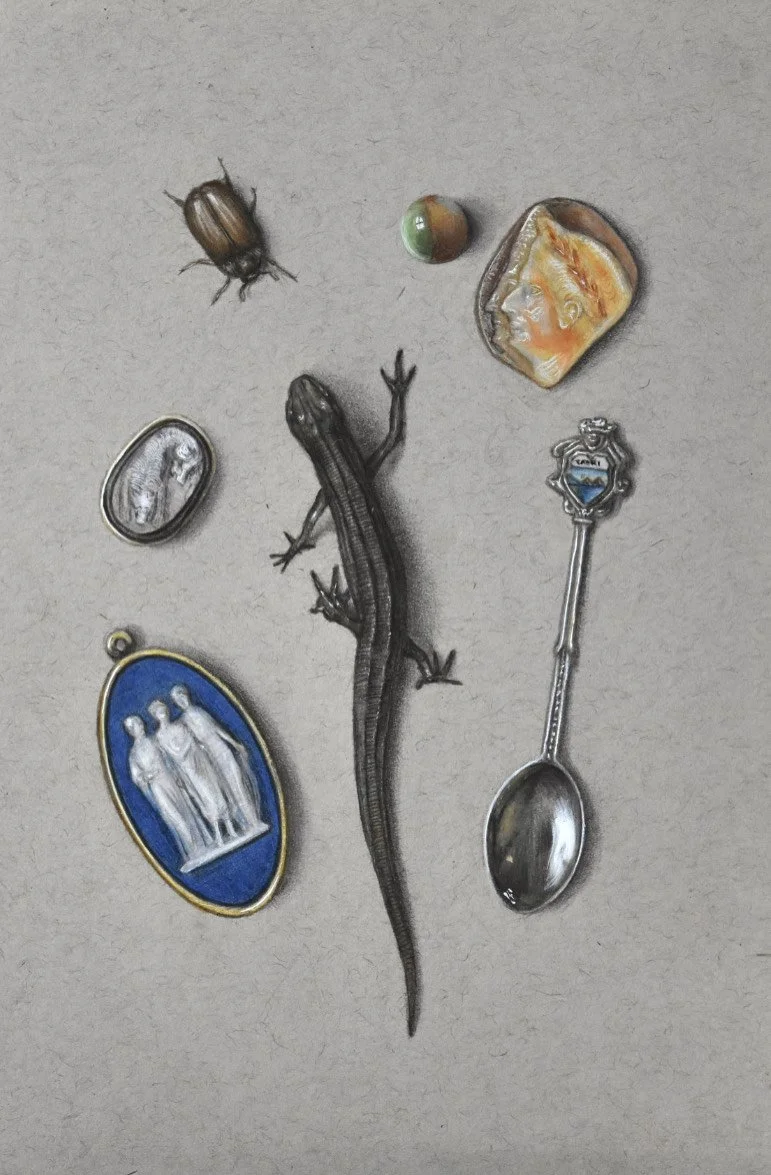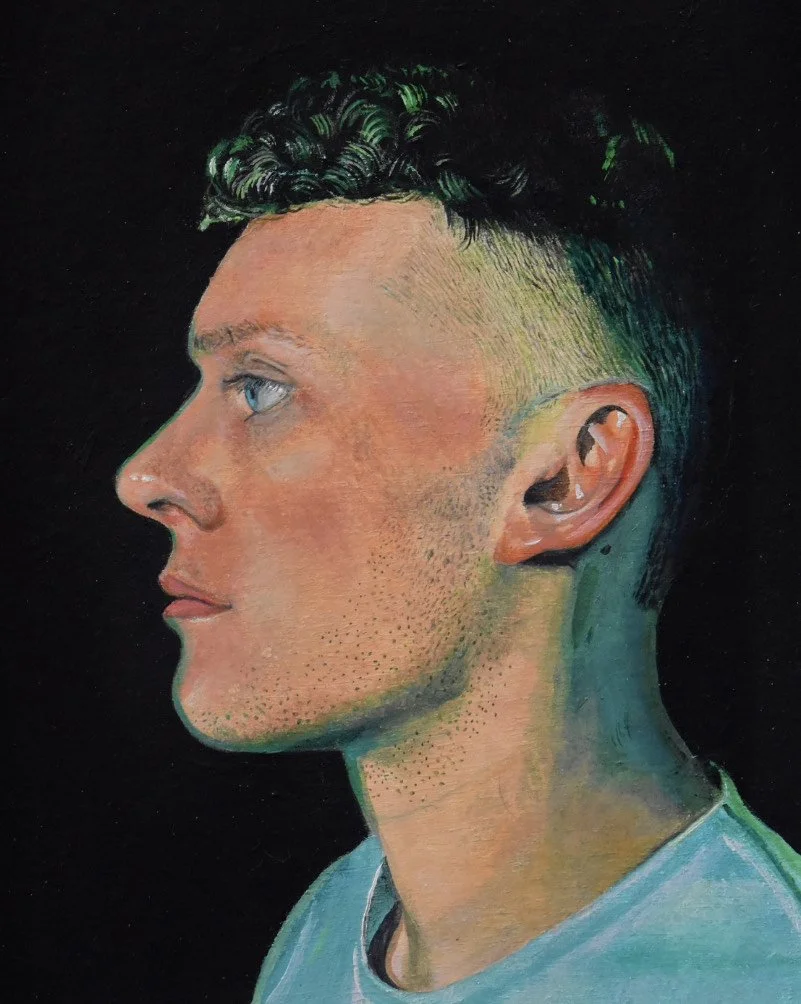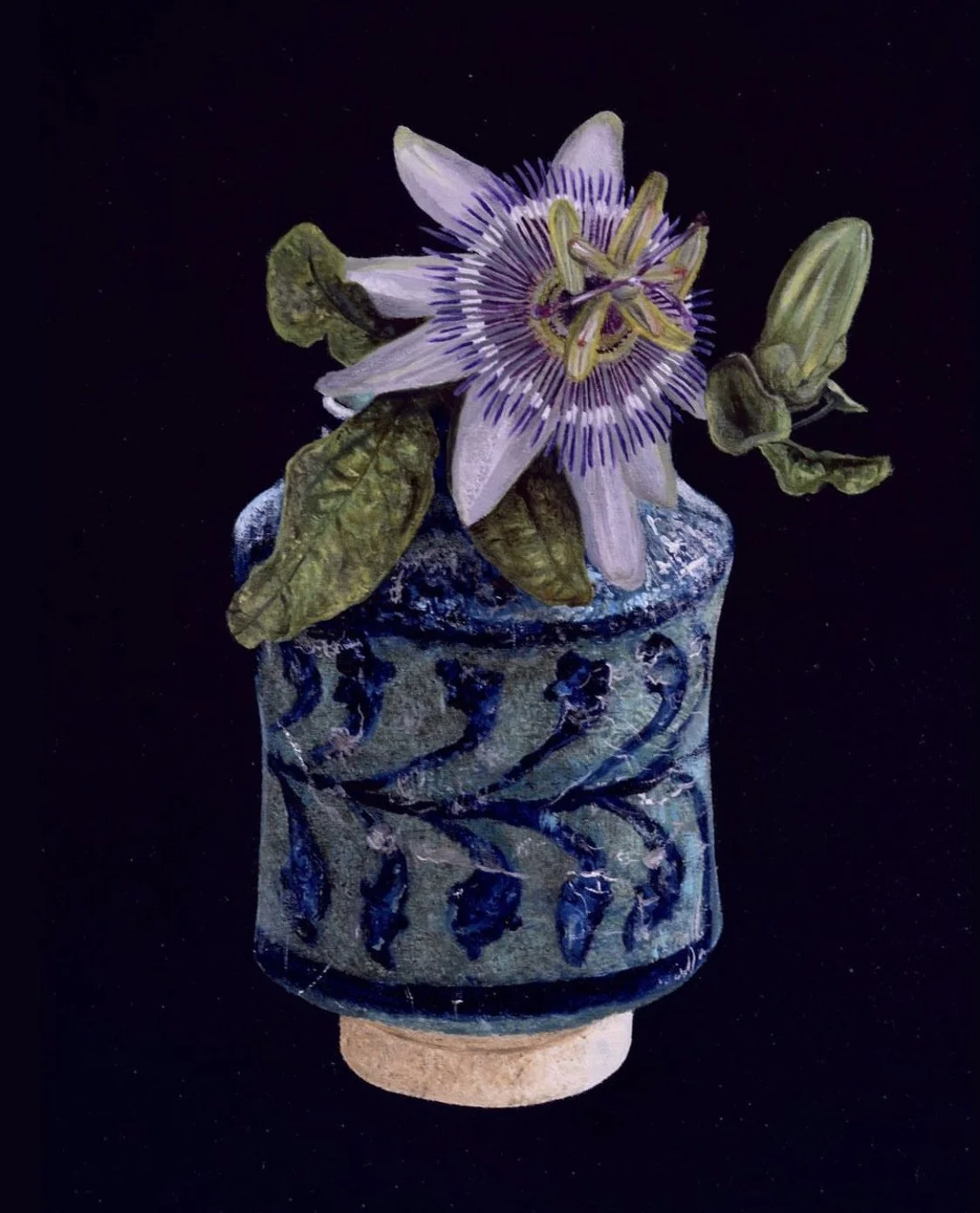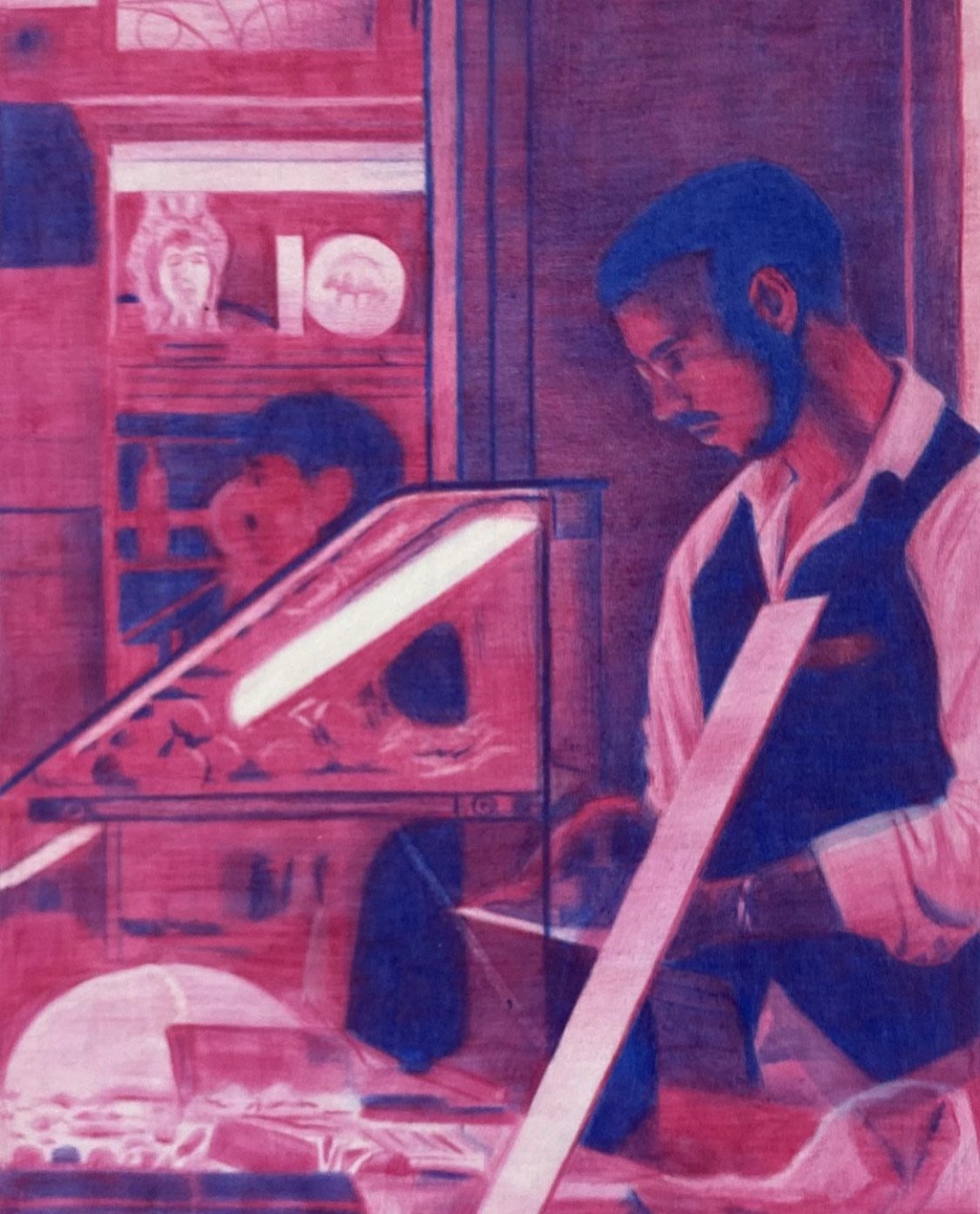ARTIST INTERVIEW: Robert Clear
Robert Clear
Please introduce yourself. What was it that sparked your interest in fine art?
I’m based in London and I work mainly in oils and coloured pencil. My interest in art started with a birthday present: an iPad mini. At that time, I had no experience of creating artwork; it just wasn’t on my radar. I bought a stylus and intended at first to use the iPad for note-taking, which sounds ridiculous to me now, but instead I started creating digital sketches. I put them online and people started referring to them as artworks and to me as an artist. I hadn’t given a moment’s thought to the idea of being visually creative before then, but as time went by I found communicating with imagery utterly absorbing, and eventually I shifted into physical media. I began using oils in 2016 and coloured pencils in 2018.
How did you develop your passion and turn it into a career?
After a couple of years of working on commissions, I decided to take the plunge and become a full-time artist. It was my partner who bought me the iPad, encouraged to make art my job and was prepared to go through a couple of lean, financially unstable years as I built-up my client base. I didn’t go to art school and had no artistic peer group or network, so I started selling through Instagram. As people began collecting my work I benefited from personal recommendations - which has now become the principal driver of sales. Essentially my career is built on a foundation of social media and word-of-mouth.
Laundrette
What do you find compelling about public spaces? Why does the majority of this series capture these places at night?
To me the most interesting aspect of public space is emptiness: the manner in which a place is unpeopled. Is it due to the time of day? Dereliction? Chance? How are spaces built for people defined in their absence? Capturing places at night is the best way to answer these questions because most public spaces are empty after dark. It also fits nicely with my habit of taking a long walk every evening, which gives me ample opportunity to find new subjects.
What are the attributes of an interesting public space to capture?
Some spaces, seen at the right moment and from the right angle, seem to fall naturally into place as artistic compositions. I can walk past somewhere every evening and think nothing of it until one day it seems interesting. It won’t necessarily have changed; closed shops, empty buildings or shut-up cafes tend to look the same every night. So I’m inclined to say that my own frame of mind is what converts unremarked-upon characteristics into positive attributes. But I’ve found it almost impossible to correctly guess when the right mood will strike, so I depend on the ritual of nightly walks to turn the familiar into something new.
Thinking about your still life work, why were you drawn to the subjects in your ’Things That Caught My Eye’ piece? How did you establish the composition?
I’d earmarked each of those subjects for inclusion in still life works. The reason I decided to gather them in the same drawing was because I wanted to create a composition that was disparate, but which harmonised on several levels. The lizard and the beetle, for example, are depicted as moving, the dog is at rest, whereas the marble might roll away at the slightest touch (or is perhaps already in a state of motion). The three cameos all bear classical iconography, and both the spoon and the marble depict reflections of the light that illuminates the group.
Things that caught my eye
What fascinates you about the human face? How do you achieve a likeness through portraiture?
I think a person’s face becomes fascinating about two thirds of the way through the process of creating a portrait. It’s usually around that time that something clicks into focus and the drawing suddenly seems to become the person. Perhaps it’s that sensation that I’m chasing, and faces hold the promise of experiencing it.
Self-Portrait
How do you use saturation in your drawings to create a sense of mystery in your work?
Most of my drawings that make heavy use of saturated colour are of people absorbed in ordinary activities and paying no attention to the viewer. They’ve been captured in a seemingly inconsequential moment in time, and by using saturation, I aim to extend that moment into a kind of eternity, shifting the subject into another realm. I like the idea that the picture hums with the force of the colour, and I use pencil rather than oil for this because the latticework of marks creates an almost abstract pattern.
You keep a sketchbook. What is the last entry in your sketchbook?
The most recent entry is a drawing of trees looming over a wall running along the side of Malet Street, behind the British Museum. I walk past it most days, and it felt inevitable that at some point I would depict it.
What has been your favourite subject to draw/paint? Is there a specific scene that you would like to capture in the near future?
One of my favourite subjects, something I’ve returned to repeatedly over the last couple of years, is Iranian pottery from the 12th-13th centuries. There’s a lovely collection in the Fitzwilliam Museum in Cambridge, and several of them have made their way into still life works in oil and coloured pencil. As a matter of fact I’m half-way through painting one right now.
16th Century Berkemeyer with Passion Flower
If you could own an original painting from any artist, which would it be and why?
It would be the Roman wall painting of Perseus and Andromeda in landscape, from the imperial villa at Boscotrecase, which was painted in the 1st century BC. I find Roman frescoes more beautiful and transporting than any other type of artwork, and this one would be at the top of my list. At 1.5 meters high it would look rather cramped in my tiny flat, and I’d need to convince the Metropolitan Museum of Art to part with it, but where there’s a will, there’s a way!
Why do you think art is important in society?
I don’t think the kind of art that I make, paintings and drawings for display, is very important to most people, but it reflects a creative impulse that’s universal and which manifests itself in the built environment, the material culture, and the habits that define our lives and relationships.


